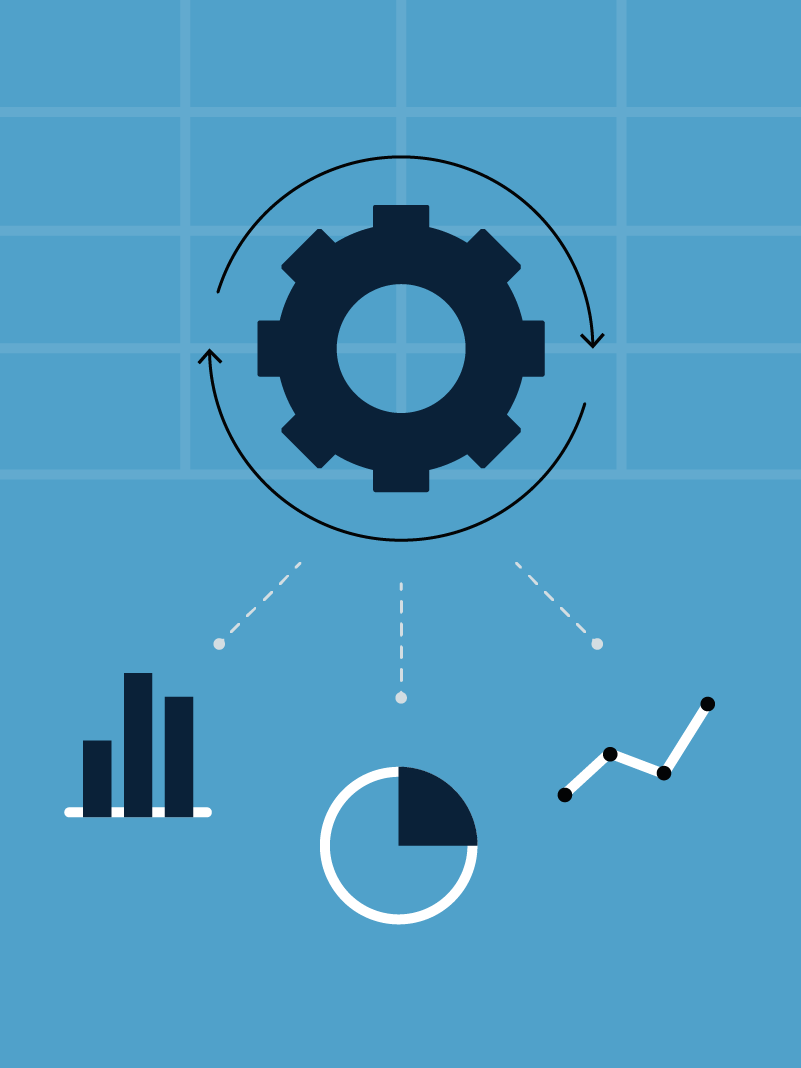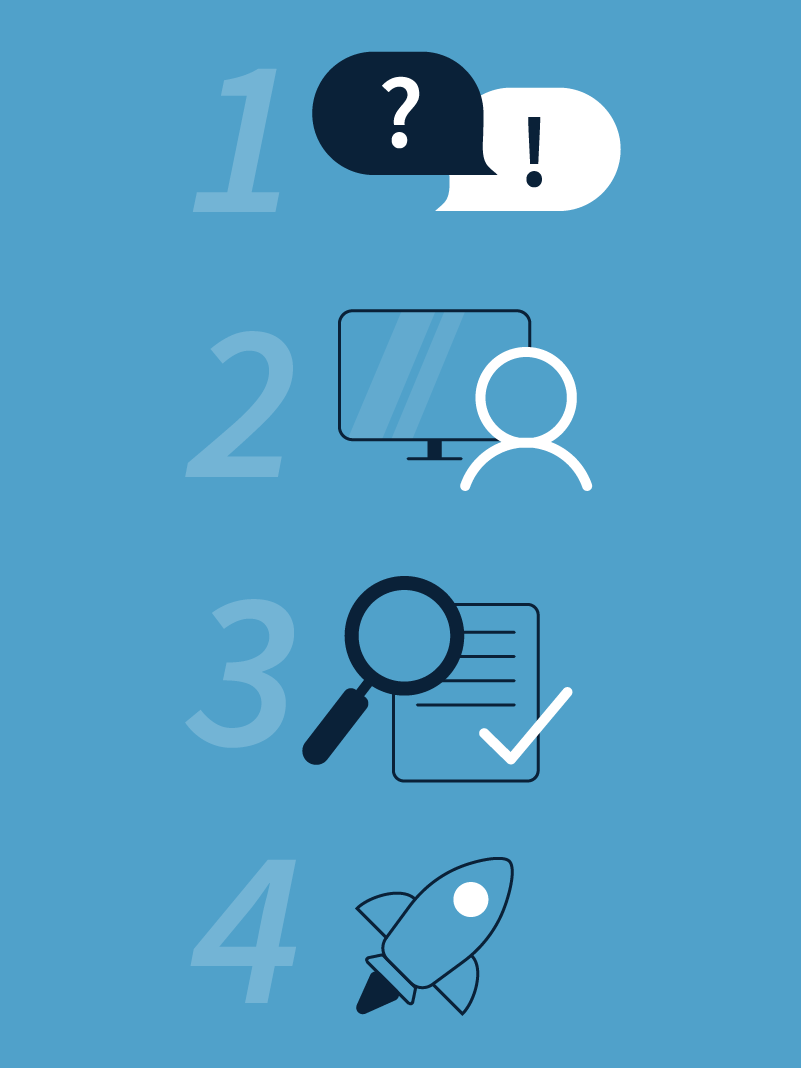Election results come down to two factors — which individuals will vote, and whom they will vote for — resulting in two parallel objectives for political advocacy groups and campaigns. …
Most organizations know the importance of data for effective decision-making. They want to get better data analytics capabilities into the hands of their staffers, and they want to build fully operationalized data into every part of their organization — from service delivery to fundraising and marketing strategy — because they understand it will help them carry out their organization’s mission more efficiently.
Many are daunted by the process of getting there, however.
They shouldn’t be.
The process often begins with a simple but impactful decision: switching from spreadsheets to tools that allow organizations to visualize (e.g., Tableau, Google Data Studio) and/or warehouse (e.g., Amazon Redshift, MySQL environment) their data, making their use of data more efficient, more secure, and more reliable.

The ubiquity of programs like Google Sheets and Microsoft Excel makes sense given their low cost, ease of use, and familiarity to stakeholders and customers. They are also viewed as at least “good enough” to get most jobs done.
But are they really? For an increasing number of organizations, the answer is no — particularly as more data is acquired.
Spreadsheets are commonly used to analyze and communicate data in a variety of ways. But spreadsheet users face a limited ability to manage version control, as well as a high probability of accidentally deleting cells or formulas. If working with a desktop solution like Excel, they also face the added security concerns and efficiency problems that come with saving a file locally or sharing as an attachment.
For instance, two colleagues may think they’re reviewing the same data, but one could actually be looking at figures from Wednesday and the other at Monday’s numbers. Moreover, given the limited computational power of spreadsheets, the reports they generate may refresh only periodically over days or even months, not in real time. Transforming data or generating detail-rich reports is nearly impossible.
Want to know your program’s year-over-year retention rate broken down by channel? It would be hard to pull from a spreadsheet, but the right data tool generates these insights automatically.
While data analysis may be difficult to replicate in a spreadsheet, data tools allow users to save queries as scripts and reuse them later. They have relatively few limits on data storage, meaning they can house historic data for future reporting and analysis, too.
Data tools allow organizations to automate repeatable tasks and achieve real-time reporting while simultaneously enhancing overall data integrity: deduping, organizing, and centralizing data from multiple sources into one unified record for each individual. This is essential for the development of effective campaigns and processes.
It also enables organizations to create interactive dashboards for internal staff in order to meet visual learners where they are. Providing individually optimized tools makes it far easier to reliably train staff in how to use them; it is also crucial to building a data-driven culture.

Switching from spreadsheets to data tools may seem daunting, but it doesn’t have to be — provided you select the right tool(s) and follow this four-phase evaluation process:
1. Documentation. Building a data-driven culture begins with dialogue: interviewing colleagues across departments, documenting their challenges with data, and putting together a collective requirement sheet. It is also helpful to talk to existing vendors (to determine which tools and providers will integrate best) and peer organizations (to learn about their own vendors, pitfalls, and change management processes).
2. Discovery. It’s important to understand whether an organization’s data challenges can best be solved by software or by the proper hiring and training of staff. (It’s almost always a combination of both.) Once this is understood, a reasonable budget can be prepared and vendors can be contacted.
3. Evaluation. Properly coaching vendors is central to ensuring they talk to an organization the right way — at both a technical level and in plain English. Details should be communicated clearly and concisely to everyone in order to secure organizational buy-in on an ultimate decision.
4. Launch and Iteration. Identifying incremental, step-by-step milestones is key. But don’t be afraid to dream big along the way: communicating how each individual tactic ladders up to the larger strategic goal is just as important.

Spreadsheets have a place in every organization. But when it comes to analytics, data tools are king. After all, data is only going to be useful for an organization’s purposes if it’s accessible, clean, and reliably connected across different systems — which is why making the switch from spreadsheets is such an important first step.
